
The Future Corporation will remain competitive in the global marketplace by creating vibrant new markets serving $2 a day customers at scale. Three years ago, General Motors, the biggest, most powerful corporation in the world,was brought to its knees by failing to react quickly and effectively to competition from Japanese imports, which were smaller, more fuel efficient, and cheaper.

Companies like Wal-mart, Coca-Cola, and Microsoft will soon face the same do-or-die crossroads General Motors did if they don’t react quickly and effectively to the challenge of earning attractive profits at scale from emerging markets. This will require nothing less than a revolution in how businesses currently design, price, market, and distribute their products. I plan to spend the rest of my life helping foment that revolution.
Thirty million people shop at Wal-Mart every day. But there are three billion people in the world who will never set foot inside a Wal-Mart store. They include 2.6 billion potential customers who live on less than two dollars a day. Most of live in rural areas in developing countries and earn their livelihoods from one or two acre farms.
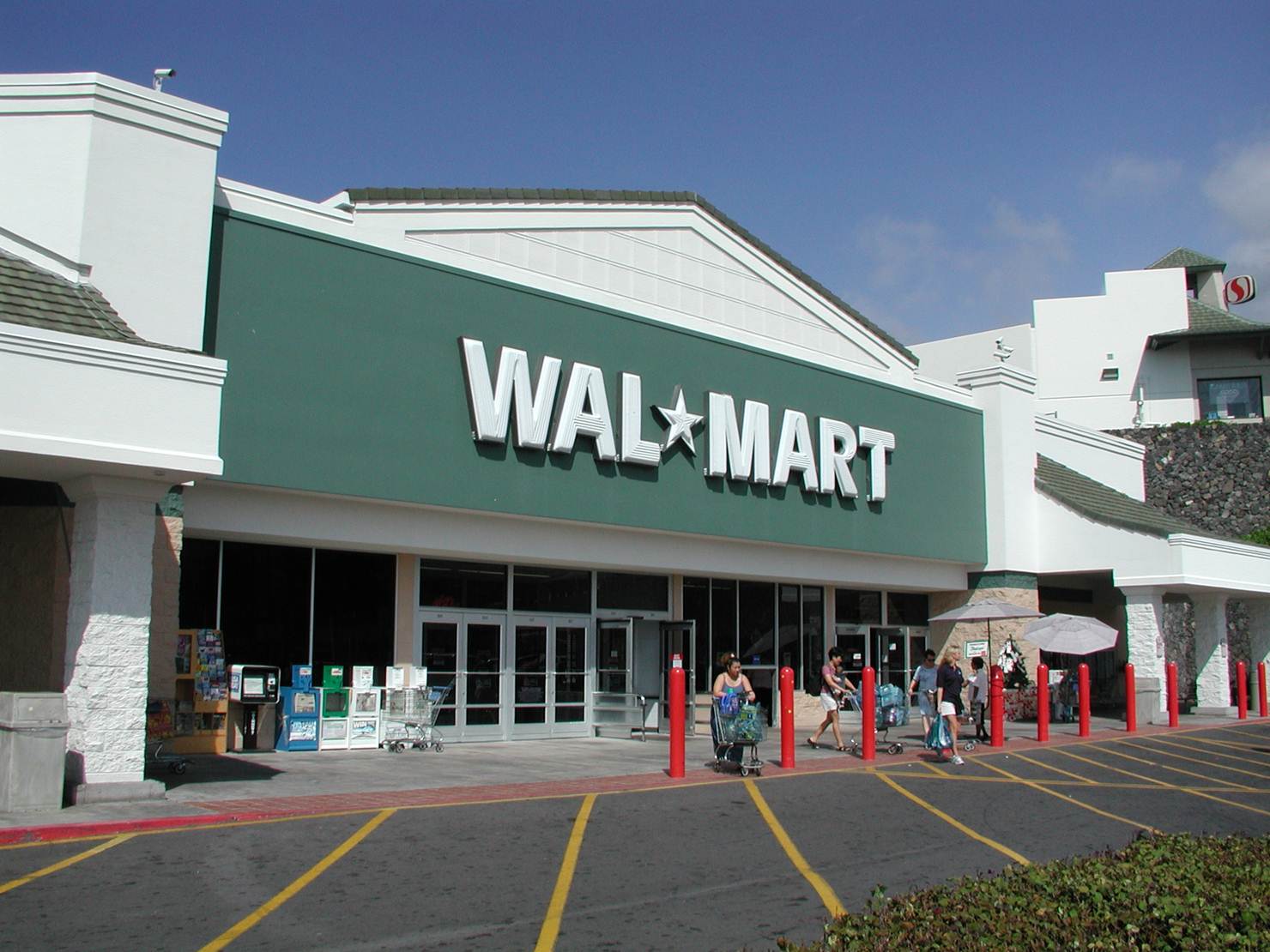
Many more live in urban slums and live on what they can earn from informal enterprises like small shops selling consumer items or tailoring enterprises. I’ve had long personal conversations over the past 30 years with more than 3,000 of these customers who are routinely bypassed by existing markets, and they have become my teachers and my friends.
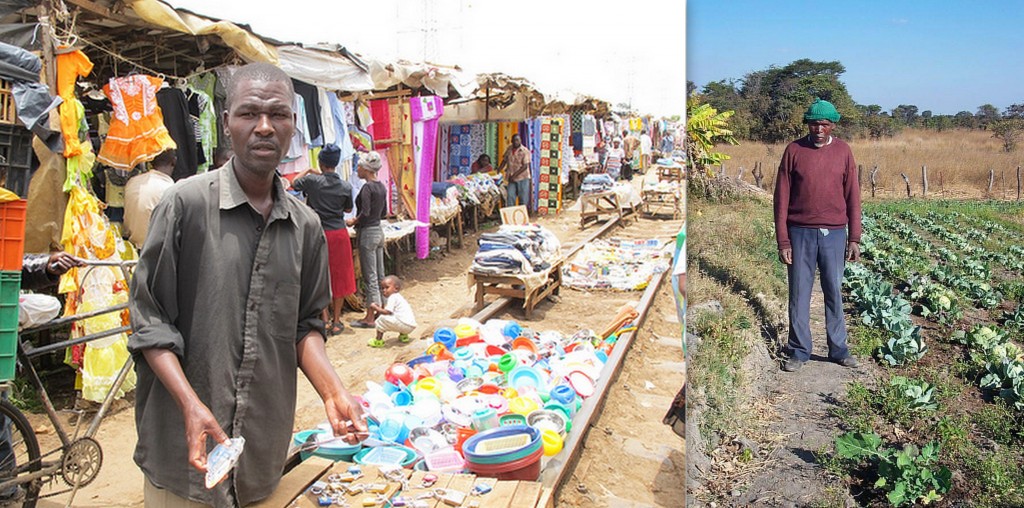
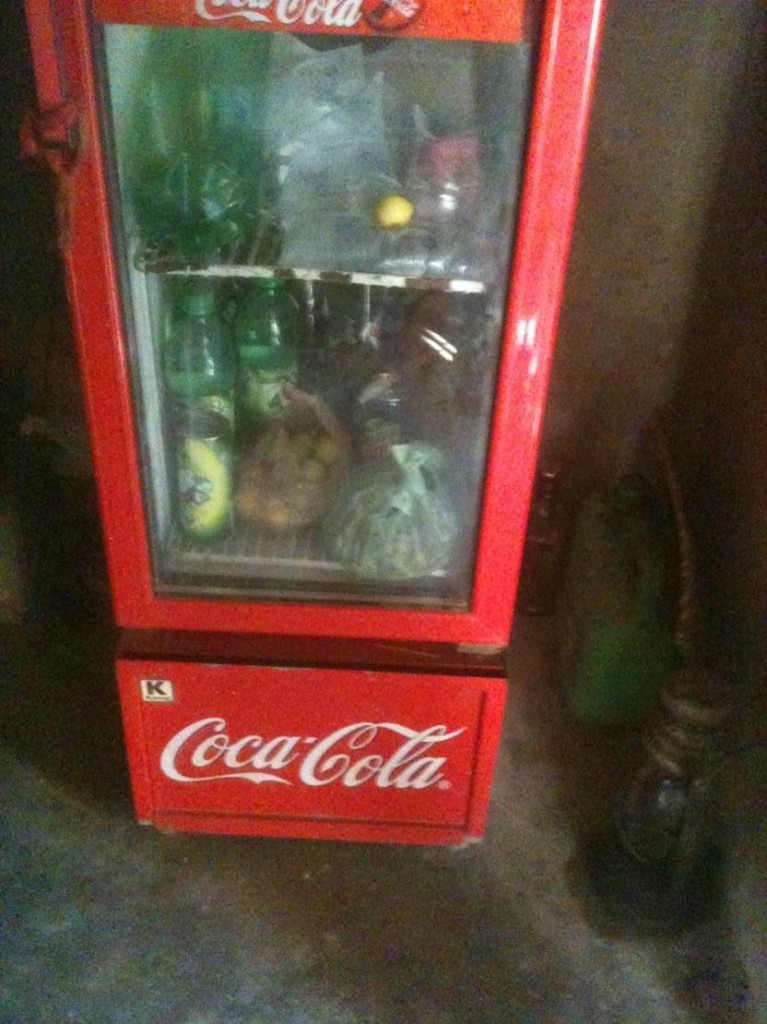
Coca-Cola sells what amounts to aspirationally branded fizzy sugar-water for about 25 cents a bottle in villages all over India. In those same villages, 50 per cent of the children are malnourished. What would happen to Coca-Cola if a well-financed Chinese company started selling a nutritious soft drink at a nickel a pop in millions of villages around the world? I believe Coca-Cola could quickly find itself in the same position General Motors faced three years ago.
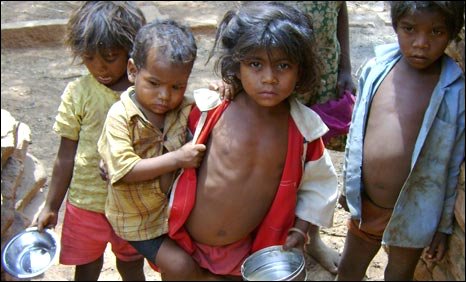
The Gates Foundation has helped millions of people move out of poverty, and improved the health and education of millions more.. But as far as I know, Microsoft, the parent company, does not make a single product that sells to the 2.6 billion people in the world who live on less than $2 a day.
The opportunities to create profitable businesses serving three billion bypassed customers are almost limitless. For example, there are a billion people who will never connect to electricity. That’s about the same as the total population of the United States and Europe combined. There are another billion people who don’t have access to safe drinking water. Many of them get sick and some of them die because of it.
Why aren’t existing businesses successfully involved in emerging markets? There are three main reasons:
1. They don’t see a profit in it.
2. They don’t have a clue how to design the radically affordable products and services that poor people need
3. They don’t know how to design and operate profitable last-mile supply chains.
Three key practical strategies need to be incorporated by businesses serving $2/day customers.
1. Small margin x large volume = attractive bottom line profits. Supermarkets used this formula to replace mom and pop grocery stores, and Wal-Mart improved on it. For emerging markets, it’s really the Wal-Mart strategy x 100.
2. Design for radical affordability. A movement, called design for the other 90% is gaining a lot of momentum: learning to design things that are affordable enough for people who live on less than $2 a day and that also are income generating.
3. Implement profitable last mile supply chains. Spring Health, the company I’ve started with my partners in India will,if successful, will create a model platform for profitable last mile supply chains to small rural villages in India
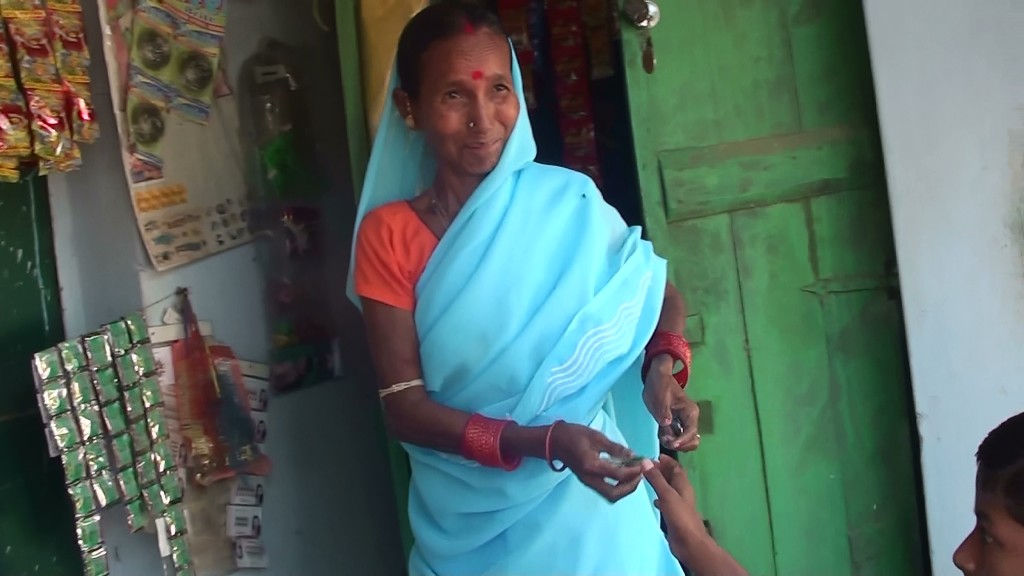
Three years ago, I started a private company, Windhorse International. This year, I started a related company operating in India, called Spring Health. The mission of Spring Health is to sell safe drinking water at scale to people who don’t have access to it now. There are some 300 million people in eastern India alone that don’t have access to safe drinking water. Most of them live in small villages with 100 to 300 families, and those villages have little in the way of markets. But every one of these small villages has three or more mom and pop shops. They sell everything from cigarettes to soap to candy to cookies and all kinds of consumable household items. What Spring Health has done is build a 3,000 liter cement tank for about $100 beside each shop, and then purify the water in it using a radically affordable water purifier liquid. The shopkeeper sells the purified water at a cost of less than half a cent a liter to people in the village. Our customers, most of whom live on less than $2 a day, report that they are experiencing a major drop in illnesses and medical bills — each family estimates that they pay between $25 and $250 a year for medicines to stop diarrhea, visits to clinics and doctors, electrolyte replacements, IVs, and hospital stays to treat the illnesses they get from drinking bad water.
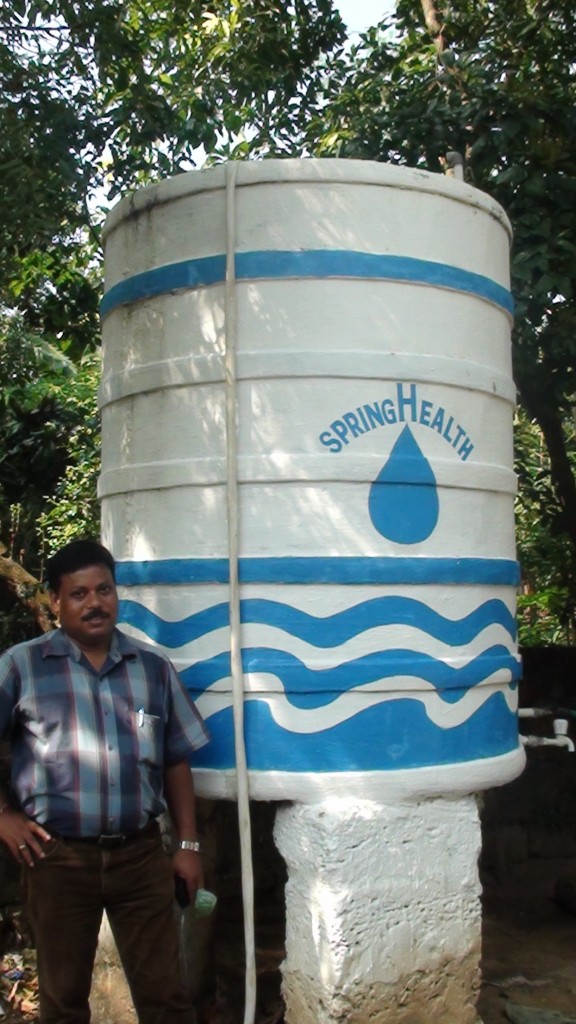
The mission of Spring Health is to provide safe drinking water to five million people through 10,000 village shops within three years, and to provide safe drinking water to more than 100 million people through shops in 400,000 villages around the world within ten years.
I believe there are thousands of opportunities for creating new markets and creating new companies to serve the three billion customers in the world who are bypassed by current markets. It will take nothing less than a revolution in how business designs, prices, markets and delivers its products and services to accomplish this. But the outcome of this revolution will be to create millions of new jobs, help more than a billion people move out of poverty, and take a giant step toward ending environmental imbalance on the planet.
My Recent Talk In Denver Colorado
We know you have an opinion. Be sure to share it!
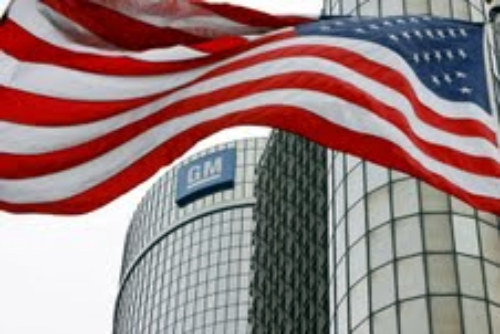


Pingback: Social Enterprise: What can a social entrepreneur learn from Paul Polak? - Quora
One other thing is that an online business administration course is designed for college students
to be able to well proceed to bachelor degree education.
The Ninety credit education meets the lower bachelor college degree requirements and once you earn your current
associate of arts in BA online, you will have access to the most up-to-date
technologies in this field. Several reasons why students want to get their associate degree in business is because
they are interested in this area and want to have the
general instruction necessary previous to jumping right bachelor education program.
Thx for the tips you actually provide with your blog.
When I originally commented I clicked the “Notify me when new comments are added” checkbox and now each time a comment is added I
get four emails with the same comment. Is there any way you can remove
me from that service? Appreciate it!
Of course! I’m sorry to hear about the glitch filling your inbox with e-mails. We have updated our WordPress site and you should no longer be receiving more e-mails. If it’s is still giving your problems, please e-mail me at outofpovertyteam@gmail.com
Keep an eye out for our new website in September 2013 too.
Thanks for letting us know.
Kathryn, the Out of Poverty Team
Hi there, its good piece of writing regarding media print, we all be aware of media is
a enormous source of information.
Pingback: read more